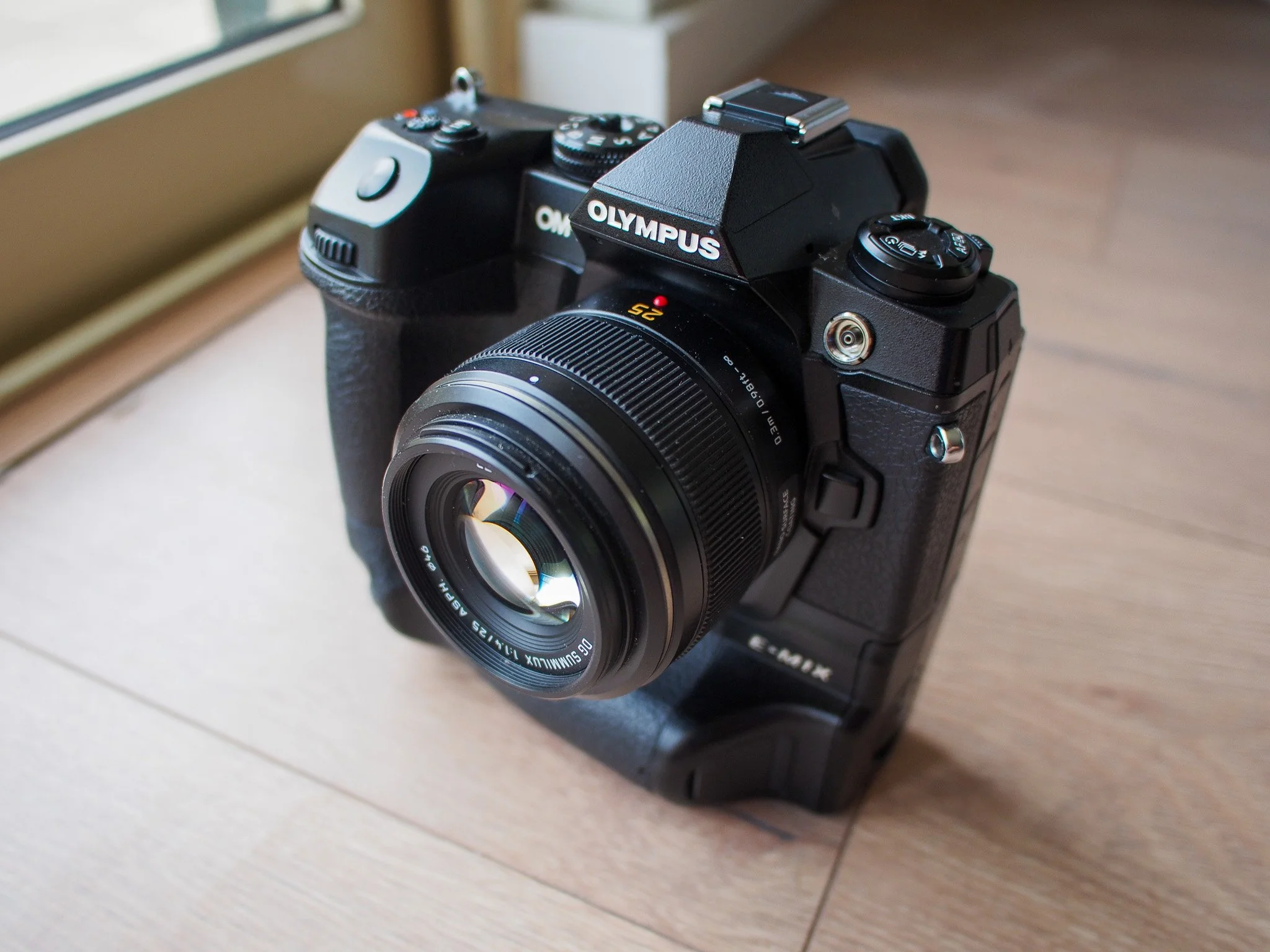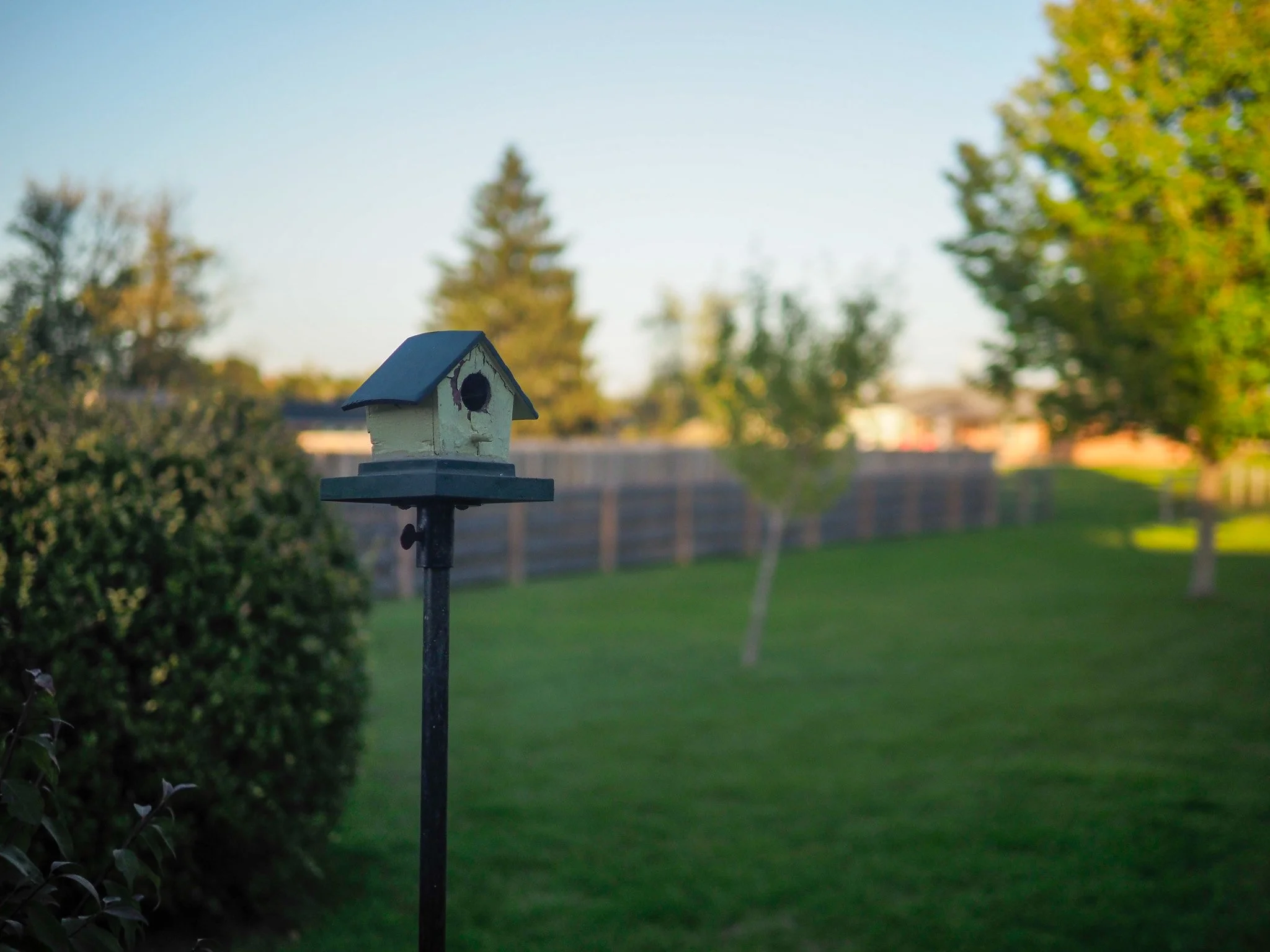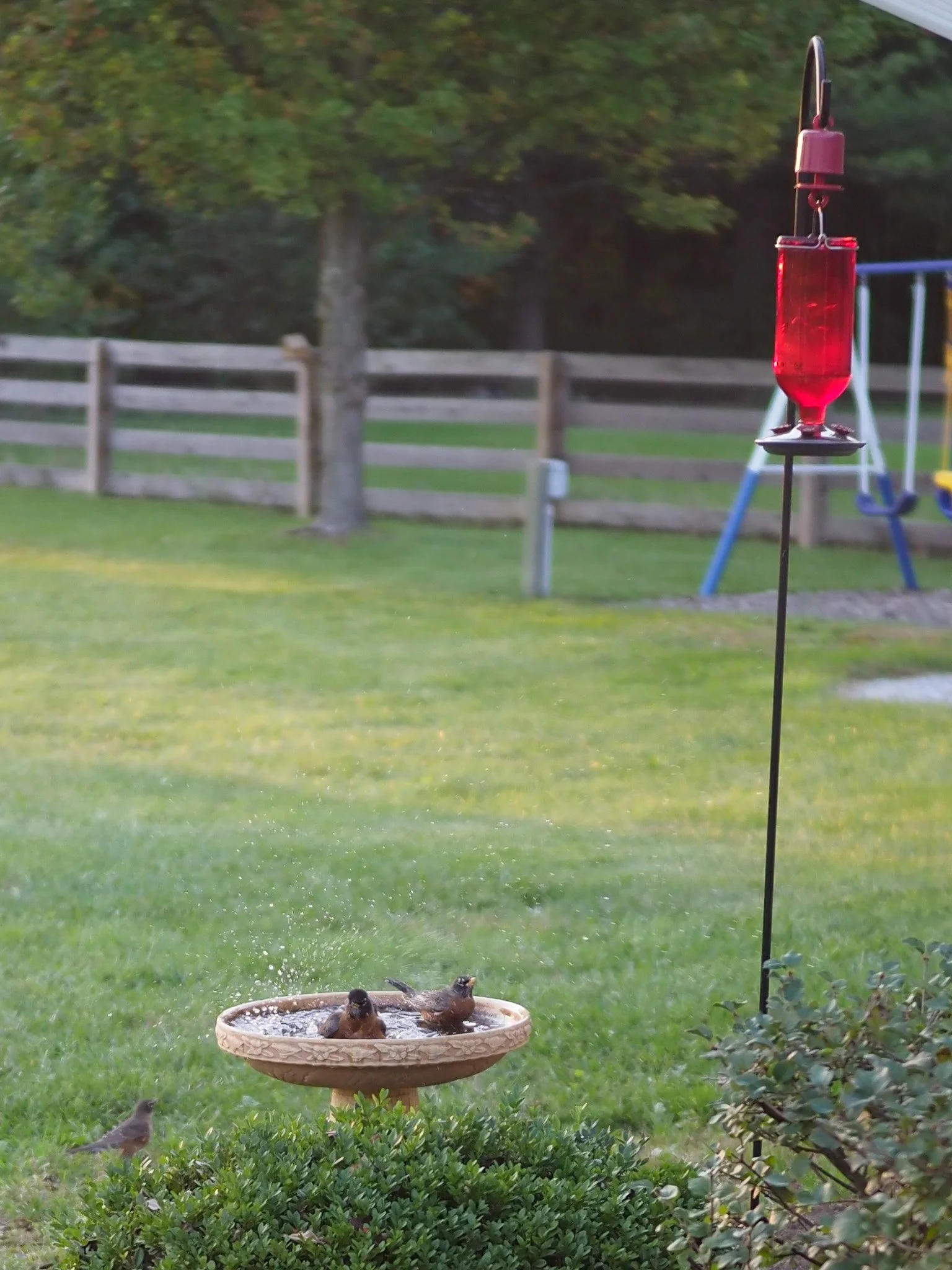Review: Olympus E-m1x - Best Budget Pro Camera in 2025 for $500
Down to the Brass-Tax
I won’t make you wait to hear my opinion of the Olympus E-m1x. I believe it is the most capable camera you can buy in 2025 and 2026 for around $500. I can’t think of a similar camera that compares other than the Olympus e-m1 mark ii, but as we’ll discuss in this review, the E-m1x improves on the already amazing E-m1 mark ii (Olympus e-m1 mark ii review).
Key Olympus E-m1x specs:
Micro Four Thirds Sensor
20mp
Dual TruePic viii processor
7 Stops of IBIS in body
Fully-Articulating Screen
Phase Detect Autofocus
1 Million Dot Back Screen
2.36 Million Dot EVF
60fps Continuous Shooting
4k 30fps Video
Cinema 4k Video at 24fps
997 grams (2.2lbs)
USB-C Charging
Lack of Disclaimer
I bought this camera with my own money. I have no professional relationship with Olympus / OM System nor have I ever. I do not accept loaner cameras for review or do sponsored reviews, as I believe it can’t be done in an unbiased way. I am not a camera company shill, and I intend to keep this site free of that scandalous malarky :).
Springfield, OH, Heritage Center
Mural in Springfield
Price
While you can still buy this camera new for around $2,000 USD, I would advise the frugal minded to look on the used market. I’ve bought 2 of these cameras in the last 2 years for $500 each on eBay (both in almost new condition). The average price on eBay is a bit higher, but if you are patient and hunt for a bargain, I believe you can still get one close to that $500 mark.
The Olympus E-m1x originally sold for around $3,000 dollars in 2019, so it feels like a steal to get it for 5 benjamins. As you are probably aware, much of the used camera market has been hit by inflation, and used cameras aren’t as cheap as they used to be. Luckily, the E-m1x mostly flew under inflation’s radar and its used price remains similar to what it was 2-3 years ago. I suspect this was because of the camera’s uniqueness. It’s a large camera with a small sensor. It was always a niche offering, and as it aged, there was never enough demand to drive the price back up.
Have Cameras Changed from 2019? Is it Outdated?
Between 2010 and 2018, cameras went through a huge technological leap. Mirrorless technology took over and evolved rapidly. But at the end of that period, the advancements started to slow. In my experience, for all but the most demanding photographers and videographers, cameras from 2018-2026 are very comparable when it comes to the essential features. For this reason, I believe the 2018-2020 cameras represent a sweet spot in value and features. The Olympus E-m1x, born in 2019, fits squarely into that generation.
There is nothing I photograph that demands more technology than the E-m1x offers, and I suspect that will be true for 90% of you.
OM System’s latest offerings are the OM-3 and the OM-1 mark ii. While they are undeniably superior, I don’t think they are worth 3x the price for most people.
Build Quality Level: Elite
This is the best built camera I’ve ever held… full stop!
I’ve owned flagship cameras from Panasonic, Sony, Fujifilm, and many other brands, and in my experienced opinion, the Olympus E-m1x is top of the class.
Its got a metal build with metal dials, none of the cheap plastic stuff of later m4/3 cameras. It’s hefty but not heavy. Certified water resistant and weather sealed.
And nobody knows how to do buttons and dials like Olympus (at least late 2010s Olympus).
It was build for rugged outdoor photographers and you can tell as soon as you pick it up. It feels amazing! Its worth the $500 just to hold it and know how cameras ought to be built.
Ergonomics: Comfy
Hand size and personal preference make ergonomics a subjective issue. All I can tell you is that the E-m1x hugs my hand in a way few cameras do.
After using the Fujifilm X-H2 (terrible ergonomics) and the large Panasonic S1 (slightly better), I’ve been reaffirmed in my conviction that the E-m1x has some of the best ergonomics ever, even amongst large cameras. It actually feels like the engineers at Olympus used the camera in the real world and considered the design of the human hand, something the engineers at Fujifilm never seem to do.
The large body and well formed grips make it very comfortable to use both small and large lenses.
Auto-Focus: Very Dependable
The Olympus E-m1x has phase detect auto-focus, something other m4/3 cameras were lacking until the E-m1 mark ii. The E-m1 mark ii has the same auto-focusing algorithm as the E-m1x, but the E-m1x outperforms it with the help of its dual processors.
Autofocus is very dependable. I rely on it daily for shooting video and it almost never fails me. Focusing with old and new lenses alike is fast and reliable.
I don’t think Olympus got as much credit as they deserved for their auto-focus system back in the late 2010s.
Video: Good, Not Mind-Blowing
Video has never been Olympus / OM System’s strength or focus. That said, the Olympus E-m1x can produce very nice 4k video up to 30fps and it can also shoot Cinema 4k video at a high bit rate to the SD card. I’ve used this camera to shoot dozens of hours of 4k interview-style videos for my large YouTube channel (+100,000 subs) an not a single person has ever complained about the quality or questioned my camera of choice.
The autofocus in video is excellent. I don’t believe Olympus got enough credit for their phase-detect autofocus system. In the hours-upon-hours of videos that I’ve shot (talking head videos), I can’t remember the camera losing focus once. The focus doesn’t drift or pulse like it does on the older Panasonic micro four third cameras that used the depth-from-defocus contrast-detect autofocus system.
The E-m1x can also record RAW video if you are willing to use an external recorder (this was an update offered through free firmware). Personally, I’ve never used the RAW video.
The dual batteries allow you to record for a really long time and I’ve never experienced any over-heating.
Would I recommend the E-m1x for video? Yes! I think this camera is great for 90% of video shooters.
The 10% I can’t recommend it for are the high-end, high-volume, heavy color grading cinema crowd.
Olympus’ log profile is nothing special, and the 8-bit video won’t work for those making big color adjustments.
The older Olympus cameras (including the E-m1x) split video clips after they reach 4gb, which can be annoying if you edit daily and film content longer than 5 minutes. Clips are easy to sync up in editing software, but its one more step in the editing workflow. High-volume editors won’t want to deal with it. Regular 4k 30fps clips usually split at around 5 minutes, while Cinema 4k clips only take about 2 minutes to reach 4gb.
Unfortunately, this camera does not have 4k 60fps. You’ll need to look at the Panasonic G9 or the GH5 if you want 4k 60fps, but those cameras have significantly worse auto-focus than the E-m1x.
I’ve included some 4k 30fps footage below:
Dynamic Range: Better than Reported
I’ve heard several full-frame evangelists bashing on micro four thirds sensors for having bad dynamic range, but its my opinion that much of their whining is overblown.
While it is true that full-frame cameras generally offer better dynamic range, that doesn’t mean micro four thirds is bad. In fact, I’ve been very pleased with the dynamic range on the Olympus E-m1x and many other m4/3 cameras (even old ones), and its only in extreme conditions that you’ll notice the difference. For general photography and videography, the E-m1x is more than enough. The only person I might not recommend the E-m1x to is a landscape photographer who regularly needs to capture highlight details in the sky and shadow details in the ground shadows (that’s where full-frame will shine).
See my highlight and shadow recovery tests below:
+2 Overexposed
+3 Stops Overexposed
-2 Stops Underexposed
-3 Stops Underexposed
Corrected in Adobe Lightroom
Corrected in Adobe Lightroom
Recovered in Adobe Lightroom
Recovered in Adobe Lightroom
You’ll see from the samples above that the E-m1x is more than capable of handling reasonable dynamic range corrections. Some of the sample shots are extremely blown out or underexposed, certainly not your average scenario.
Like most cameras, you should try to protect your highlights and underexpose if the situation forces a choice. You’ll notice at +3 stops overexposed the detail in the sky is lost, but at -3 stops underexposed the deepest shadows can still be recovered.
While a full-frame camera may be able to retain more information, be realistic about how often you’ll need that extra capability.
IBIS: What M4/3 Does Best
In the late 2010s, nobody did IBIS as well as Panasonic and Olympus. That is arguably still true today, although great progress has been made by other manufacturers. When it was released, the Olympus E-m1x was the king of IBIS, boasting 7 stops. The large body gives ample room for the stabilization system, and when used with compatible Olympus lenses, the sync IS gives the photographer even better performance.
It should be noted that the size of this camera also contributes to its stability. The heavier and larger body helps eliminate micro-jitters and the big grip makes it easier for the user to hold the camera confidently.
As you may know, quoted IBIS stops don’t mean much, especially when quoted by companies like Sony. For years they claimed their cameras had 5 stops of IBIS, but in practical use their IBIS was garbage. When Olympus claims 5 stops or 7 stops, it means a lot more than some other brands, so I’ve included some footage to give you a better idea of what you can expect.
The first clip in the video is a walking test. I was walking with the E-m1x out in front of me with the Panasonic Lumix 14mm f/2.5 attached. I wasn’t making any particular effort to walk smoother than normal.
The clips that follow were all filmed at a 300mm full-frame equivalent field of view with in-body stabilization only (no lens based stabilization). I found the results impressive!
Wildlife and Bird Photography
While wildlife photography is not my forte, I thought an E-m1x review would be lacking without at least a short section on this topic. After all, the Olympus E-m1x was purpose built for adventure, wildlife, and outdoor photographers.
I took the camera to the beach to stalk some seabirds and found my victims in their usual spot. I turned on the tracking autofocus and the bird-detect focus and went to work capturing.
It should be noted that all of the photos in this section were taken with a very cheap lens, the Panasonic Lumix 45-150mm f/4-5.6 version 1. This lens can be purchased online for less than $100. I have no doubt better results, both in image quality and in focus acquisition, could be achieved with more premium glass. That said, I’m happy with what I was able to achieve with my little kit telephoto lens.
The hit rate on the Olympus E-m1x’s autofocus was high, although I definitely had some shots that were out-of-focus. I’m sure the high end autofocus systems in newer cameras have made improvements, but the E-m1x certainly didn’t disappoint me. In the $500 range, I doubt you’ll find too many comparable autofocusing systems for wildlife.
Bird-tracking autofocus was added to this camera via a firmware update. To my knowledge there is no other form of animal-detect autofocus available on the E-m1x, although it does feature modes for trains, planes, and motorsports.
USB-C: A Nice Upgrade
One of the improvements the E-m1x has that the E-m1 mark ii is missing is a USB-C port and USB charging. Its so nice to be able to use the same charger I use for my phone to charge my camera, and not have to haul around a dedicated battery charger just for my Olympus stuff. It’s a small quality of life improvement, but it’s really appreciated.
Battery Life for Days
The Olympus E-m1 mark ii had excellent battery life, some of the best in the industry when it came out. The E-m1x steps things up with two of the same battery.
The camera does have dual processors, so battery drain is likely higher than the E-m1 mark ii, but the Olympus E-m1x still gives the user incredible battery life. I don’t have exact figures (I’m a practical user, not a tech spec inspector) but I’ve filmed close to 2 hours of 4k video on a single charge, and I have no doubt I could get 1,500 photos out of it before needing a charge.
EVF: Don’t Listen to the Haters
Many complained about the EVF resolution when the Olympus E-m1x was released, for a flagship camera, 2.36 million dots of resolution wasn’t impressive. While I would love to have a higher resolution EVF, I can’t say I’ve ever looked into the EVF and been disappointed. The magnification is high and the display is bright.
I also own a Panasonic S1 with a 5.6 million dot EVF, so I’m familiar with the performance of a high-res EVF. I have absolutely no problem with the lower-res Olympus panel. It doesn’t bother me in the least to switch between the EVFs. Double the resolution sounds super impressive, but to the human eye, the difference isn’t massive.
Great for Larger Lenses
One of the advantages of having a larger body is that the Olympus E-m1x pairs uniquely well with larger m4/3 lenses.
This camera is ideal for mounting telephoto lenses like the splendid Olympus 300mm f4 Pro and especially the OM System 150-600mm f/5-6.3 which is an adapted full frame lens. Of course, the white monster is also a good pairing with the E-m1x.
It also provides better support for some of the larger Olympus zoom lenses like the Olympus 12-100 f/4.
Recommendation
I plan to add more to this review as it comes to mind, but I think these thoughts are enough for an initial review. I want you to check out Small Sensor Photography’s incredible 5-year review of the Olympus E-m1x on their website (here).
When it comes to recommending the E-m1x to buyers in 2025 and 2026, I would say there are few cameras (if any) I could recommend more highly. I think the Olympus E-m1x is a well-rounded jack-of-all-trades. The price to capability ratio is unbeatable, especially in today’s inflated market.
Some will be turned off by the size, but remember the size has benefits, like long battery life, superior ergonomics, and class leading IBIS.
When the E-m1x was new and selling for $3,000, it was a very niche camera, but now that the used price is less than 20% of the MSRP, its a camera I can recommend to almost everyone. It went from a pricey specialist’s machine to a budget generalist’s dream.
Additional Reading
Sony Rx100 mark i Review (the Original)
The Olympus E-m1 mark ii Review in 2024 and 2025
Fujifilm X-H2 - Best Hybrid Camera? - Long Term Review in 2025
Review: Sony A7s (the original) - A Great Deal in 2024?
Olympus E-M10 Mark ii Review in 2024 - The Value King
Olympus Pen-F - One and Done Legend? - A Review in 2025
The links on this review are often affiliate links. The affiliate links cost you nothing extra and I get a little commission to help keep this site going… Thanks!











































